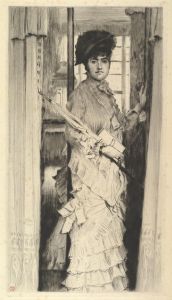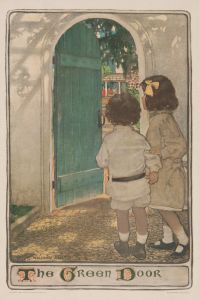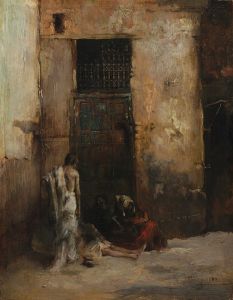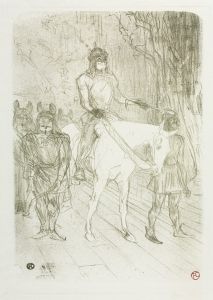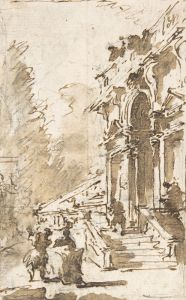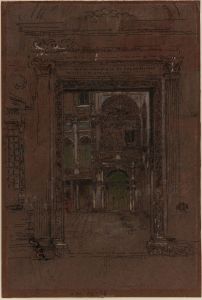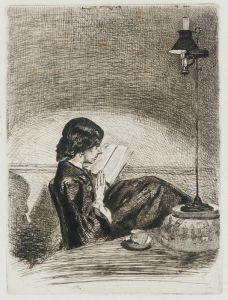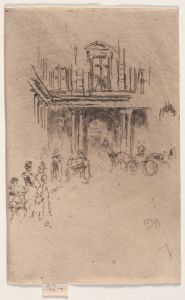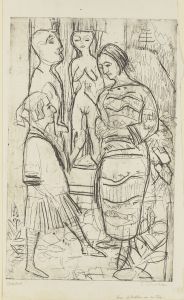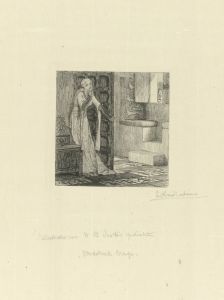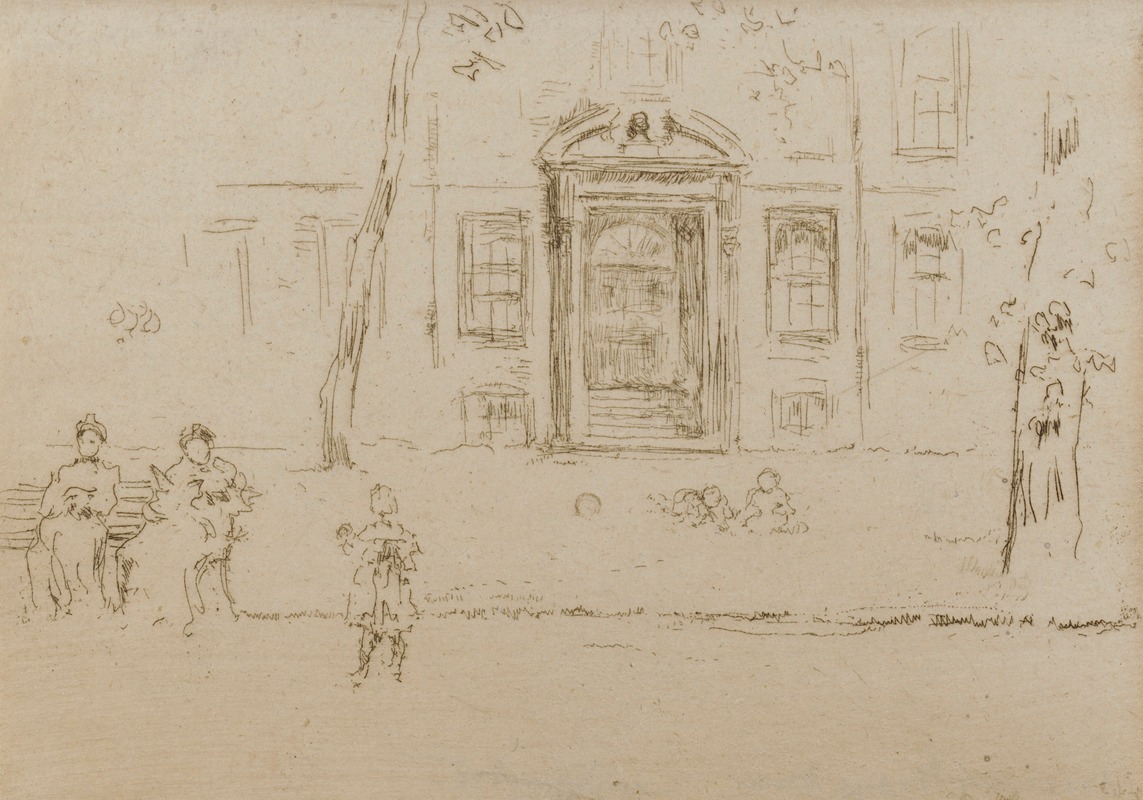
Doorway, Gray’s Inn
A hand-painted replica of James Abbott McNeill Whistler’s masterpiece Doorway, Gray’s Inn, meticulously crafted by professional artists to capture the true essence of the original. Each piece is created with museum-quality canvas and rare mineral pigments, carefully painted by experienced artists with delicate brushstrokes and rich, layered colors to perfectly recreate the texture of the original artwork. Unlike machine-printed reproductions, this hand-painted version brings the painting to life, infused with the artist’s emotions and skill in every stroke. Whether for personal collection or home decoration, it instantly elevates the artistic atmosphere of any space.
"Doorway, Gray’s Inn" is a painting by the American-born artist James Abbott McNeill Whistler, renowned for his contributions to the Aesthetic Movement and his innovative approach to art. Whistler, who spent much of his career in Europe, is best known for his distinctive style that often emphasized mood and atmosphere over detailed realism. His works frequently explored the interplay of color and light, and he was a pivotal figure in the transition from 19th-century art to modernism.
"Doorway, Gray’s Inn" is part of Whistler's series of works that capture the essence of London, a city where he lived for many years. Gray’s Inn, one of the four Inns of Court in London, is a historic institution that has been associated with the legal profession since the 14th century. It is known for its picturesque architecture and serene gardens, which have inspired many artists and writers over the centuries.
Whistler's painting likely captures a specific architectural feature or a scene within Gray’s Inn, reflecting his interest in the subtle beauty of urban environments. His work often focused on capturing the mood of a place rather than providing a detailed representation, and "Doorway, Gray’s Inn" would be consistent with this approach. Whistler was known for his ability to convey the atmosphere of a location through his use of color, composition, and brushwork, often employing a limited palette to create harmony and balance within his paintings.
The painting would have been created during a period when Whistler was deeply engaged with the artistic community in London, interacting with other artists, writers, and intellectuals who were part of the Aesthetic Movement. This movement emphasized the importance of beauty and aesthetic experience over moral or narrative content in art, a philosophy that Whistler championed throughout his career.
Whistler's work, including "Doorway, Gray’s Inn," often drew attention to the beauty of everyday scenes and architectural details that might otherwise be overlooked. His ability to transform mundane subjects into works of art was a hallmark of his style and contributed to his lasting influence on the art world.
While specific details about the painting "Doorway, Gray’s Inn" are limited, it fits within the broader context of Whistler's oeuvre, which includes numerous depictions of urban landscapes and architectural elements. His work continues to be celebrated for its innovative approach and its ability to capture the ephemeral qualities of light and atmosphere.
Overall, "Doorway, Gray’s Inn" exemplifies Whistler's artistic philosophy and his skill in rendering the subtle beauty of his surroundings, making it a noteworthy example of his contribution to the art of his time.





